Introduction
In the vast culinary landscape of China, where flavors and ingredients intertwine to create dishes that are both visually stunning and palate-pleasing, one particular delicacy stands out for its unique blend of textures and flavors: Yan Jiao, often translated as “swallow-shaped dumplings.” This traditional Chinese snack, though relatively unknown to the international audience, holds a special place in the hearts and stomachs of many, particularly in the Fujian and Zhejiang provinces where it originated. But what exactly goes into making Yan Jiao? This article aims to unravel the mystery behind this delightful treat, exploring its history, ingredients, preparation methods, and cultural significance.
Historical Origins and Evolution
The origins of Yan Jiao can be traced back centuries, with various theories surrounding its inception. One popular narrative suggests that Yan Jiao was first created as a homage to the graceful flight of swallows, a bird revered in Chinese culture for its agility and beauty. The dumplings’ distinctive shape, resembling a swallow in flight, hence became their namesake. Another theory posits that Yan Jiao originated as a street food, evolving from simpler dumpling forms to the more intricate and delicate versions seen today.
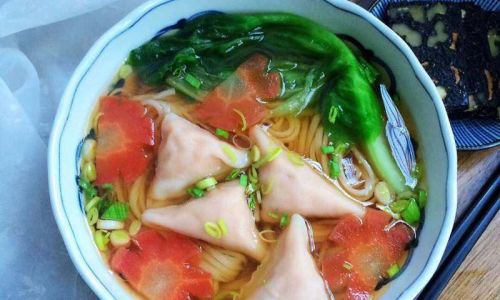
Regardless of its exact origins, Yan Jiao has undergone significant evolution over time. Initially, it was likely made with basic ingredients available locally, such as minced pork, shrimp, and vegetables wrapped in thin dough. As culinary techniques advanced and ingredient availability expanded, Yan Jiao’s recipe became more sophisticated, incorporating a wider range of fillings and seasonings. Today, Yan Jiao is not just a snack but a culinary art form, celebrated for its intricate shapes, delicate flavors, and the skill required to prepare them.
Ingredients: The Heart of Yan Jiao
At its core, Yan Jiao’s appeal lies in its meticulous selection of ingredients and the harmonious way they are combined. Here’s a closer look at the key components that go into making this delicacy:
-
Dough: The foundation of Yan Jiao is its dough, which must be both elastic and tender to hold the filling without breaking during cooking. Typically, the dough is made from a combination of wheat flour and water, though some recipes may call for the addition of a small amount of salt or oil to enhance its texture. The dough is kneaded until smooth and then allowed to rest, a process that helps relax the gluten and makes it easier to roll out into thin sheets.
-
Fillings: The fillings of Yan Jiao are as varied as the regions that serve them. In Fujian, where Yan Jiao is particularly popular, the most common fillings include minced pork, shrimp, and bamboo shoots, seasoned with soy sauce, sesame oil, and white pepper. Vegetarian versions, featuring mushrooms, tofu, and vegetables, are also common. In Zhejiang, the fillings might include crab meat, fish, or even lotus seed paste, reflecting the region’s coastal proximity and penchant for seafood.
-
Pork: When using pork, it is usually selected for its lean-to-fat ratio, ensuring that the filling is neither too dry nor too greasy. The pork is finely minced and then mixed with seasonings to create a flavorful and moist mixture.
-
Shrimp: Shrimp, especially the smaller, sweeter varieties, add a delicate seafood flavor and a bit of crunch to the filling. They are often peeled, deveined, and chopped before being incorporated into the mixture.
-
Vegetables: Vegetables such as bamboo shoots, water chestnuts, and mushrooms provide texture and a fresh, earthy flavor to the filling. They are finely chopped to ensure they blend well with the other ingredients.
-
-
Wrappers: Unlike some dumplings that use pre-made wrappers, Yan Jiao’s dough is often rolled out into thin sheets and then cut into circles or squares, depending on the desired shape. The wrappers are then filled and sealed by pinching the edges together, creating a distinctive pleated pattern that resembles a swallow’s wings.
-
Sauces and Condiments: Yan Jiao is often served with a dipping sauce, which can vary depending on personal preference and regional traditions. Common choices include soy sauce mixed with vinegar, sesame oil, and chili oil, or a more elaborate sauce featuring garlic, ginger, and scallions. Some may also sprinkle a bit of sesame seeds or chopped green onions on top for added flavor and garnish.
Preparation Techniques: Crafting the Perfect Yan Jiao
The art of making Yan Jiao lies not just in the ingredients but also in the meticulous preparation techniques. Here’s a step-by-step guide to crafting this culinary masterpiece:
-
Mixing the Dough: Begin by combining wheat flour with water (and any additional ingredients like salt or oil) in a large bowl. Mix until a dough forms, then transfer to a floured surface and knead for about 10 minutes until smooth and elastic. Cover with a damp cloth and let rest for at least 30 minutes.

-
Preparing the Filling: While the dough is resting, prepare the filling. Combine the minced pork, shrimp, and vegetables in a large bowl. Add seasonings such as soy sauce, sesame oil, white pepper, and any other desired spices. Mix well until all the ingredients are evenly distributed.
-
Rolling Out the Dough: Once the dough has rested, divide it into smaller portions and roll each into a ball. Using a rolling pin, flatten each ball into a thin sheet. Cut the sheets into circles or squares, depending on the desired shape of the Yan Jiao.
-
Filling and Sealing: Place a small amount of filling in the center of each dough circle or square. Fold the dough over the filling and pinch the edges together to seal, creating a pleated pattern. Repeat until all the dough and filling are used.
-
Cooking: Yan Jiao can be cooked in various ways, including steaming, boiling, or pan-frying. Steaming is the most common method, as it preserves the dumplings’ delicate texture and flavor. Place the filled Yan Jiao on a steaming tray lined with parchment paper or banana leaves, and steam for about 10-15 minutes until cooked through.
-
Serving: Once cooked, remove the Yan Jiao from the steamer and let them cool slightly. Serve with a dipping sauce on the side, and garnish with sesame seeds or chopped green onions if desired.
Cultural Significance and Variations
Yan Jiao is not just a food; it is a cultural symbol, reflecting the ingenuity and culinary prowess of the Chinese people. It is often served during festivals and special occasions, where it symbolizes prosperity, unity, and the coming together of family and friends. In some regions, Yan Jiao is associated with specific holidays, such as the Mid-Autumn Festival, where it is offered as a prayer to the moon goddess Chang’e.
Beyond Fujian and Zhejiang, Yan Jiao has spread to other parts of China and even overseas Chinese communities, where it has adapted to local ingredients and tastes. In Singapore, for example, Yan Jiao might feature tropical fruits like pineapple or mango as filling, reflecting the island nation’s diverse culinary heritage. In Malaysia, they might be filled with a spicy meat mixture, influenced by the region’s love for fiery flavors.
Conclusion
Yan Jiao, with its intricate shape, delicate texture, and flavorful filling, is a culinary gem that deserves to be celebrated on a global stage. Its history, ingredients, preparation techniques, and cultural significance make it a true representation of China’s rich culinary heritage. Whether enjoyed as a simple snack or a festive delicacy, Yan Jiao offers a taste of tradition, creativity, and the art of Chinese cuisine. As the world becomes increasingly interconnected, it is hoped that more people will have the opportunity to experience the joy of Yan Jiao, and appreciate the skill and passion that goes into making this remarkable delicacy.
In the end, Yan Jiao is not just about what goes into making it; it’s about the stories, traditions, and memories that it brings to life. So the next time you find yourself in a Chinese restaurant or at a cultural festival, don’t hesitate to give Yan Jiao a try. It might just become your new favorite culinary adventure.

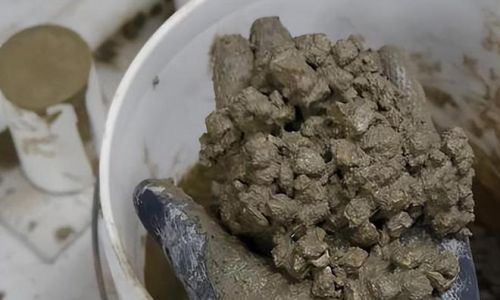
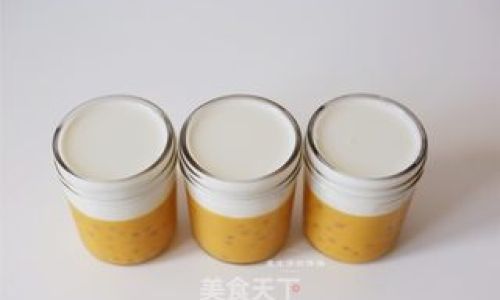
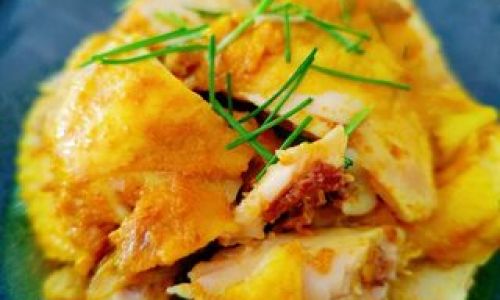
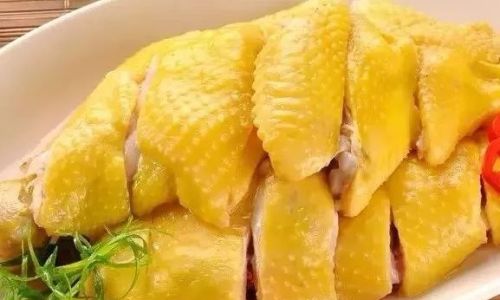
0 comments